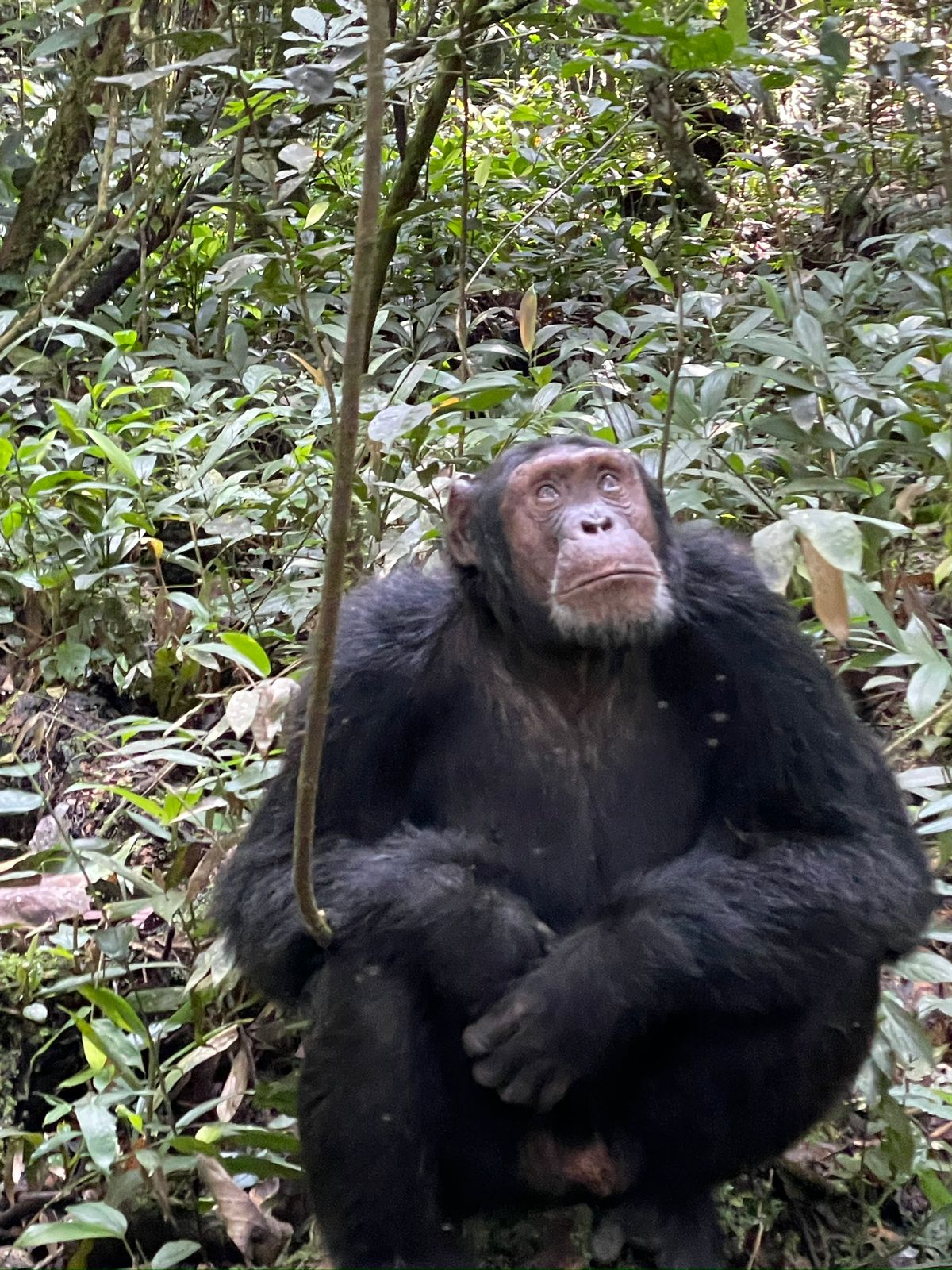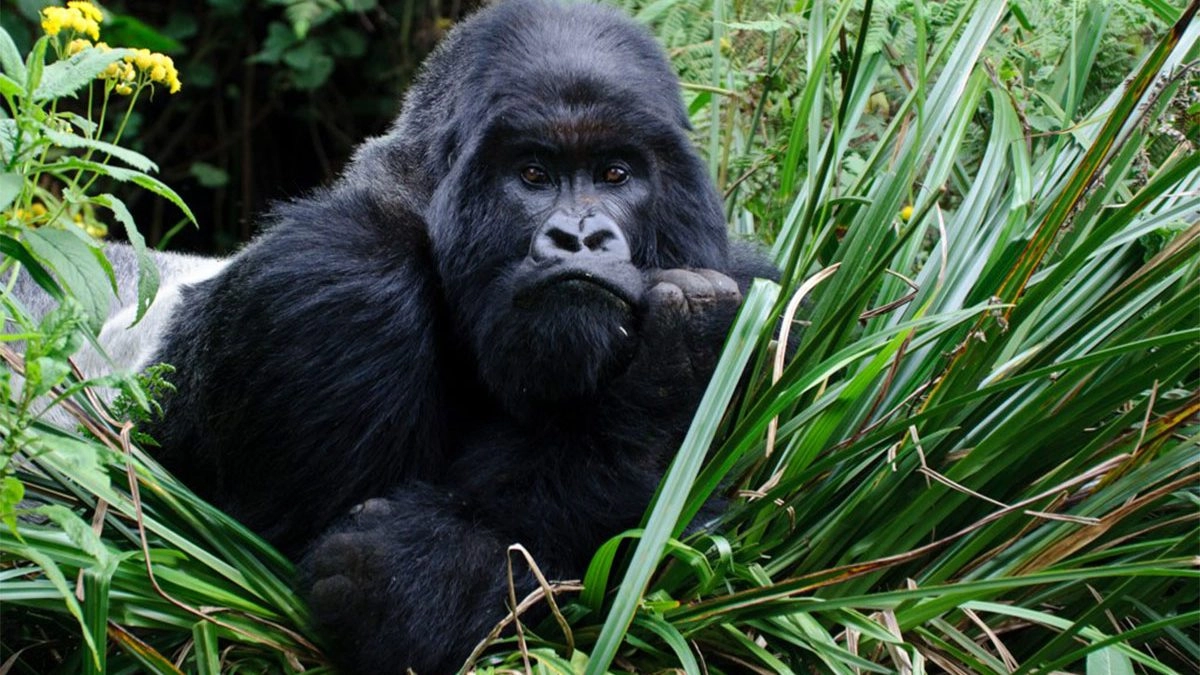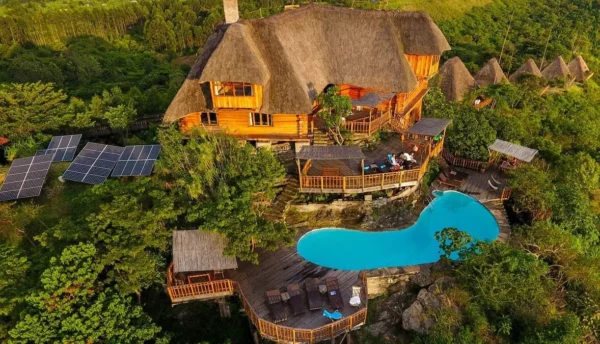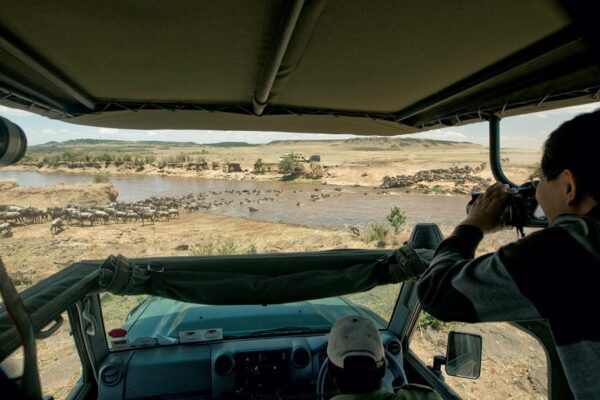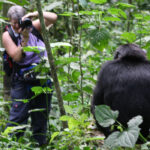
Where is the Best Place for Chimpanzee Trekking?
July 1, 2025
Is Chimpanzee Trekking Ethical?
July 2, 2025What is the Age Limit for Chimpanzee Trekking?
When planning a wildlife safari, particularly in East Africa’s renowned destinations like Uganda and Rwanda, one of the most common questions asked is: What is the age limit for chimpanzee trekking? This inquiry is crucial for families, solo travelers, and adventure seekers who want to experience the incredible thrill of chimpanzee tracking in pristine forests like Kibale National Park (Uganda) or Nyungwe Forest National Park (Rwanda).
Chimpanzee trekking has grown in popularity alongside Gorilla Trekking Rwanda and Uganda Gorilla Trekking, offering travelers an unforgettable opportunity to observe these intelligent primates in their natural habitat. However, due to the physical demands of trekking and conservation regulations, there are strict age guidelines that must be adhered to for both the safety of visitors and the wellbeing of the chimpanzees.
This detailed overview by Renai Safaris aims to provide clear and comprehensive information on the age limits for chimpanzee trekking, while highlighting related safari experiences such as Gorilla Trekking, wildlife safaris in Uganda and Rwanda, and the cultural activities that enrich your journey. Additionally, we explore how combining Uganda Gorilla Trekking with chimpanzee tracking can create a well-rounded and fulfilling safari experience.
Age Restrictions for Chimpanzee Trekking: Ensuring Safety and Conservation
Why Is There an Age Limit for Chimpanzee Tracking?
Chimpanzee tracking involves trekking through dense forests and sometimes rugged terrain to locate and observe chimpanzee groups in the wild. Given the physical exertion required, most parks and tour operators enforce age limits to ensure participants’ safety and protect the fragile chimpanzee populations.
Typically, the minimum age limit for chimpanzee trekking in Uganda and Rwanda is 12 years. This standard is set because younger children may find it challenging to cope with the physically demanding trek, which can last from one to six hours, depending on the location of the chimpanzees on that day. The age limit also helps minimize human impact on chimpanzee habitats and reduces stress on the animals during encounters.
There is usually no strict upper age limit, but individuals must be physically fit and able to endure the trekking conditions. Some operators may require medical clearance for older adults or those with pre-existing conditions.
Age Limits in Different Parks and Countries
In Uganda, Kibale National Park is the premier destination for chimpanzee tracking, and the minimum age is set at 12 years. Rwanda’s Nyungwe Forest National Park maintains a similar policy, prioritizing both visitor safety and conservation.
If you are planning a combined Uganda Gorilla Trekking and chimpanzee tracking safari, it’s important to note that gorilla trekking has its own age limits — typically a minimum age of 15 years for Uganda Gorilla Trekking and Rwanda Gorilla Trekking. Combining these two experiences can provide a diverse and enriching wildlife safari, catering to different age groups within a family or group.
The Physical Demands of Chimpanzee Tracking: What to Expect on Your Uganda Safari or Rwanda Tour
Terrain and Trekking Conditions
Chimpanzee tracking is not your ordinary nature walk; it requires traversing dense tropical forests, sometimes uphill or downhill on muddy or uneven trails. The experience is physically rewarding but can be strenuous, especially for young children and older adults.
Understanding these conditions clarifies why the minimum age limit is strictly enforced. Trekkers should be prepared to hike for several hours, often at a slow but steady pace, stopping frequently to observe chimpanzee behavior or listen to forest sounds.
For travelers planning a Uganda safari or Rwanda tour, it’s recommended to engage in some fitness preparation prior to departure. Wearing appropriate hiking boots, carrying rain gear, and using walking sticks can significantly improve comfort and safety during chimpanzee tracking.
Health and Safety Considerations
Apart from physical fitness, health protocols are essential during chimpanzee tracking to minimize the risk of disease transmission between humans and primates. This includes maintaining a safe distance from chimpanzees and following instructions from guides.
Age limits help safeguard vulnerable visitors from the physical rigors and reduce the risk of inadvertent harm to the chimpanzees, who are susceptible to human illnesses. The age policy is part of a broader conservation framework that promotes responsible tourism and sustainable wildlife interactions.
Combining Uganda Gorilla Trekking with Chimpanzee Tracking: An Unforgettable Wildlife Safari
For many wildlife enthusiasts, the ultimate safari experience involves seeing both gorillas and chimpanzees in their natural habitats. Combining Uganda Gorilla Trekking with chimpanzee tracking maximizes the adventure, diversity, and educational value of your wildlife safari.
Uganda Gorilla Trekking: Age Requirements and Experience
Uganda Gorilla Trekking requires participants to be at least 15 years old due to the intensity of trekking through mountainous and often challenging terrain, such as the Bwindi Impenetrable Forest or Mgahinga Gorilla National Park. The gorillas’ social structure, behavior, and interactions offer a stark contrast to chimpanzees, providing a more profound understanding of Africa’s great apes.
Benefits of a Combined Safari
By pairing chimpanzee tracking with Uganda Gorilla Trekking, travelers can witness the full spectrum of primate diversity. This combined experience is often offered as part of carefully crafted Rwanda tours and Uganda safaris by reputable operators like Renai Safaris.
Additionally, cultural visits to local communities such as the Batwa pygmies or other indigenous tribes can be incorporated into the itinerary. These experiences foster a deeper connection to the land and its people, while also supporting community-based tourism and conservation efforts.
Cultural Experiences Enhancing Your Chimpanzee and Gorilla Safari
Engaging with Indigenous Communities
A wildlife safari in Uganda or Rwanda is incomplete without immersing yourself in the vibrant cultures that coexist alongside these great apes. Many cultural tours involve visits to traditional villages where you can learn about the indigenous peoples’ lifestyles, folklore, and forest conservation practices.
These cultural interactions enrich your safari by offering insight into the harmonious relationship between local communities and wildlife, highlighting sustainable living practices and the role of tourism in empowering these communities.
Supporting Community-Based Conservation
Chimpanzee tracking and Gorilla Trekking Rwanda are not just about wildlife; they also serve as vehicles for economic growth in rural areas. Many tourism revenues contribute to community projects, education, and healthcare, ensuring that local populations benefit from wildlife conservation.
Visitors combining Uganda Gorilla Trekking with chimpanzee tracking can choose packages that include these community experiences, making their safari a meaningful and responsible journey.
Planning Your Chimpanzee Trekking Adventure: Tips from Renai Safaris
Booking and Permits
Chimpanzee trekking permits are limited and in high demand, especially during peak seasons. It’s advisable to book well in advance to secure your preferred dates, particularly if combining chimpanzee tracking with Uganda Gorilla Trekking.
Renai Safaris assists travelers in securing permits and tailoring safari packages that suit their preferences, fitness levels, and group compositions, ensuring a smooth and enjoyable experience.
What to Bring and Prepare
Proper preparation is vital for chimpanzee tracking. Essentials include sturdy hiking boots, long-sleeved shirts and trousers to protect against insects, rain gear, water, snacks, and a camera with a zoom lens to capture unforgettable moments.
Physical fitness, an open mind, and respect for wildlife guidelines will make your chimpanzee trekking experience safe and memorable.
Conclusion: The Importance of Age Limits in Chimpanzee Trekking and Beyond
In conclusion, understanding what is the age limit for chimpanzee trekking is essential for a safe and responsible wildlife safari experience in Uganda and Rwanda. The minimum age of 12 years reflects the physical demands of trekking and the need to protect both visitors and chimpanzee populations.
Combining chimpanzee tracking with Uganda Gorilla Trekking and enriching the journey with cultural experiences creates a holistic safari that appeals to diverse travelers while supporting conservation and local communities.
Renai Safaris invites you to embark on this extraordinary adventure, blending thrilling wildlife encounters with meaningful cultural engagement. Whether on a Rwanda tour or Uganda safari, respecting age limits and safari guidelines ensures an unforgettable and sustainable experience for generations to come.

